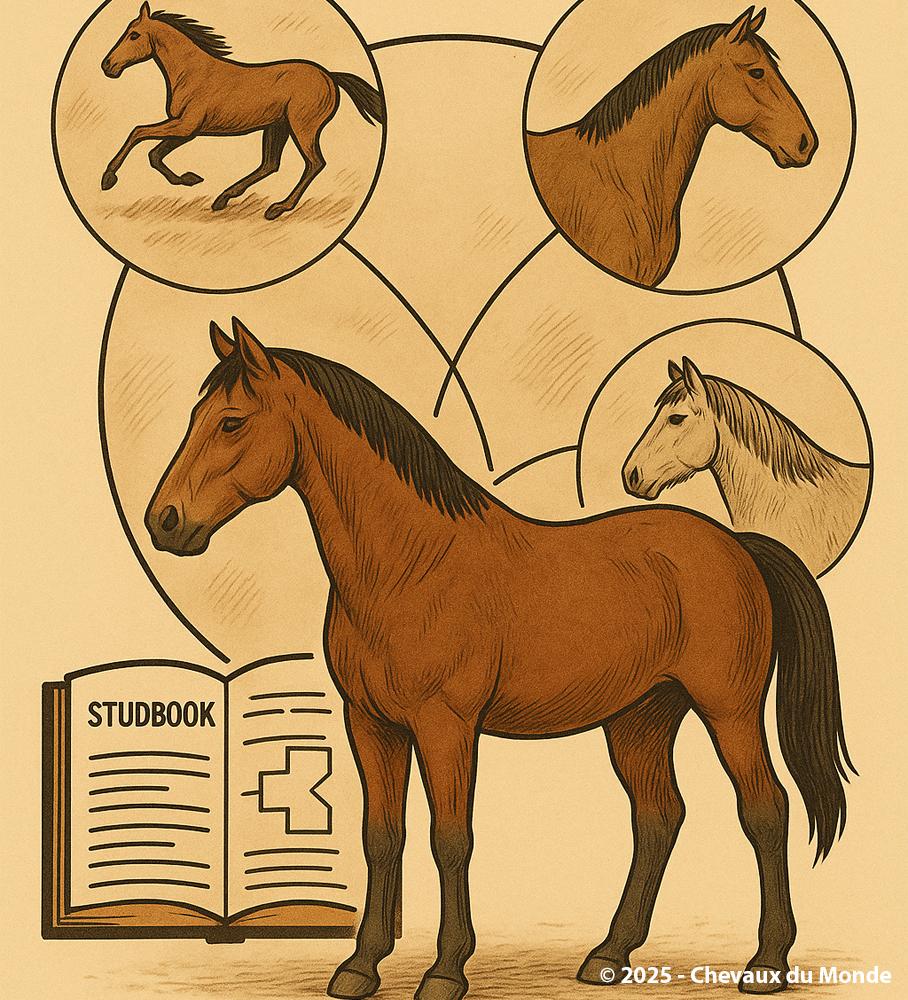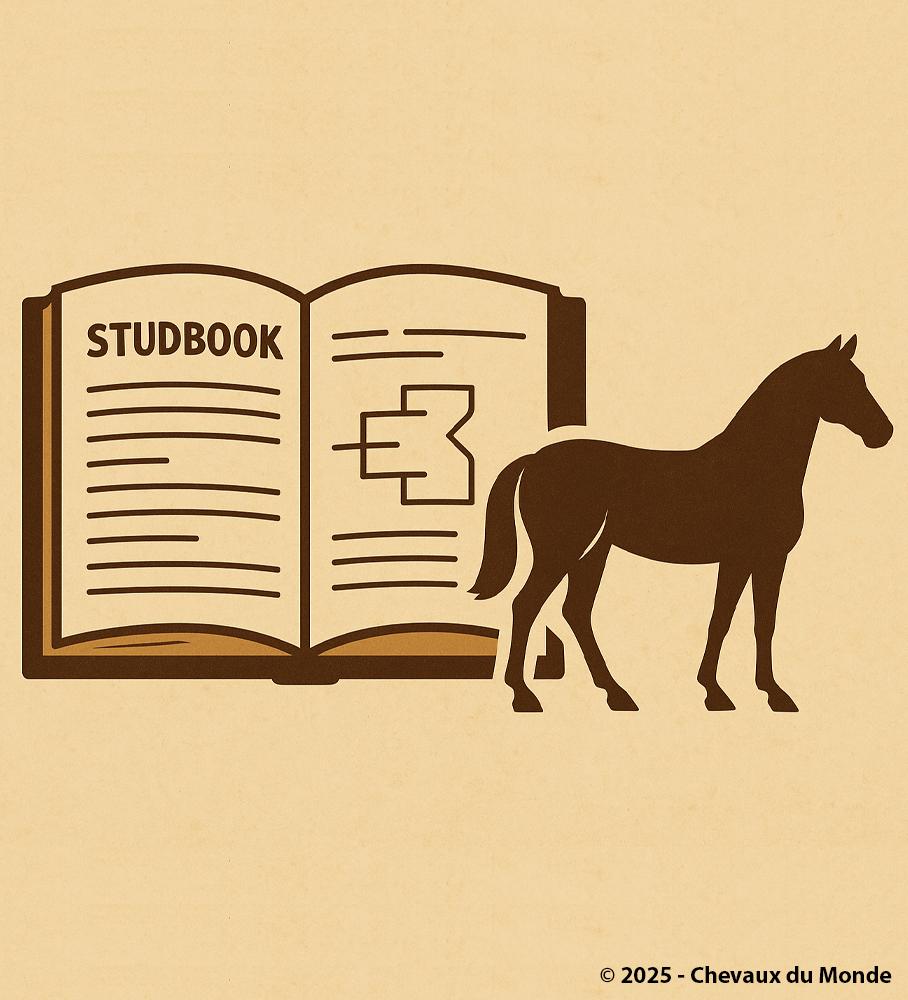THE ROLE OF PERFORMANCE TESTS IN STUD-BOOKS

Measure, test, select: performance testing ensures the quality of breeding stock in stud-books.
Stud-books play a central role in the selection and preservation of horse breeds. To ensure the quality of breeding animals and guide the genetic evolution of breeds, many stud-books require performance tests. These trials provide an objective evaluation of the horses’ physical, morphological, and behavioral abilities.
Why Performance Tests?
Ensuring Genetic Quality
Performance tests guarantee that only the best breeding animals are admitted to reproduction. The objectives are to:
- Eliminate individuals showing hereditary weaknesses.
- Select horses that bring genetic added value to the breed.
Maintaining Breed Standards
Each stud-book defines an official standard, with specific criteria of conformation, character, and aptitudes. Performance tests ensure that the horse meets these requirements.
Meeting the Needs of Modern Disciplines
Depending on the breed’s purpose (racing, show jumping, dressage, driving, endurance…), tests focus on specific skills in order to provide the market with competitive and well-suited horses.
Different Types of Performance Tests
Morphological Evaluations
- Examination of the horse’s overall conformation (head, neck, back, croup).
- Assessment of limb alignment and movement.
- Exclusion of horses with disqualifying defects.
Station Tests
Many stud-books organize station tests (sometimes called PEJET tests in France).
- The horse is placed in an official training center.
- Its behavior, trainability, and sporting abilities are evaluated.
- These tests can last from several weeks to several months.
Sport or Functional Trials
- Sport horses: show jumping, dressage, eventing.
- Draft horses: traction and maneuverability.
- Racehorses: timed performances.
- Leisure or traditional horses: docility, aptitude for riding or driving.
The Importance of Results
For the Breeder
- A horse that passes performance tests significantly increases its market value.
- Foals from approved breeding stock are more sought-after and easier to sell.
For the Breed
- Results guide genetic selection.
- They help maintain or improve the functional qualities expected.
For the Equestrian Industry
- Guaranteeing horses adapted to modern equestrian disciplines.
- Meeting the needs of riders, whether for high-level sport or family leisure.
Case Studies
The Trakehner (Germany)
Stallions must complete 70-day tests including dressage, jumping, and cross-country. Failure results in definitive exclusion from the stud-book.
The Selle Français (France)
Young stallions are evaluated through sport performance tests: conformation, gaits, free jumping, and behavior under saddle.
The Cob Normand (France)
The PEJET trials verify aptitude for light draft work and versatility (driving, traction, docility).
Future Perspectives
- Genomic analysis: some stud-books now complement performance tests with DNA analysis to identify genes linked to performance or hereditary diseases.
- Behavioral evaluation: selection increasingly values docility and trainability, essential traits for modern horses.
- International alignment: harmonizing criteria among European and global stud-books aims to ensure better recognition of breeding stock.
Performance tests in stud-books are an indispensable selection tool. They ensure the quality of breeding animals, adapt breeds to the demands of modern sport and leisure, and preserve their genetic and cultural identity.



